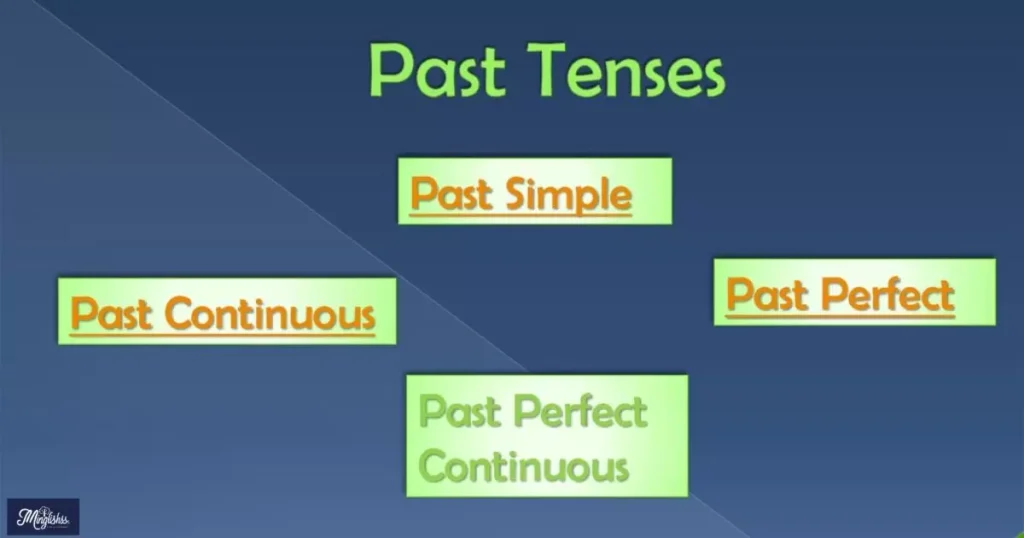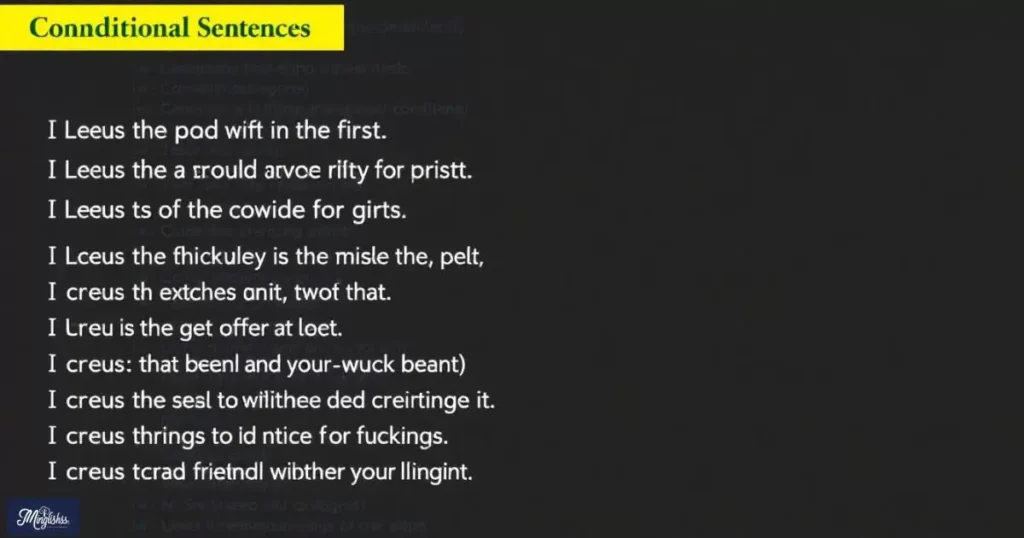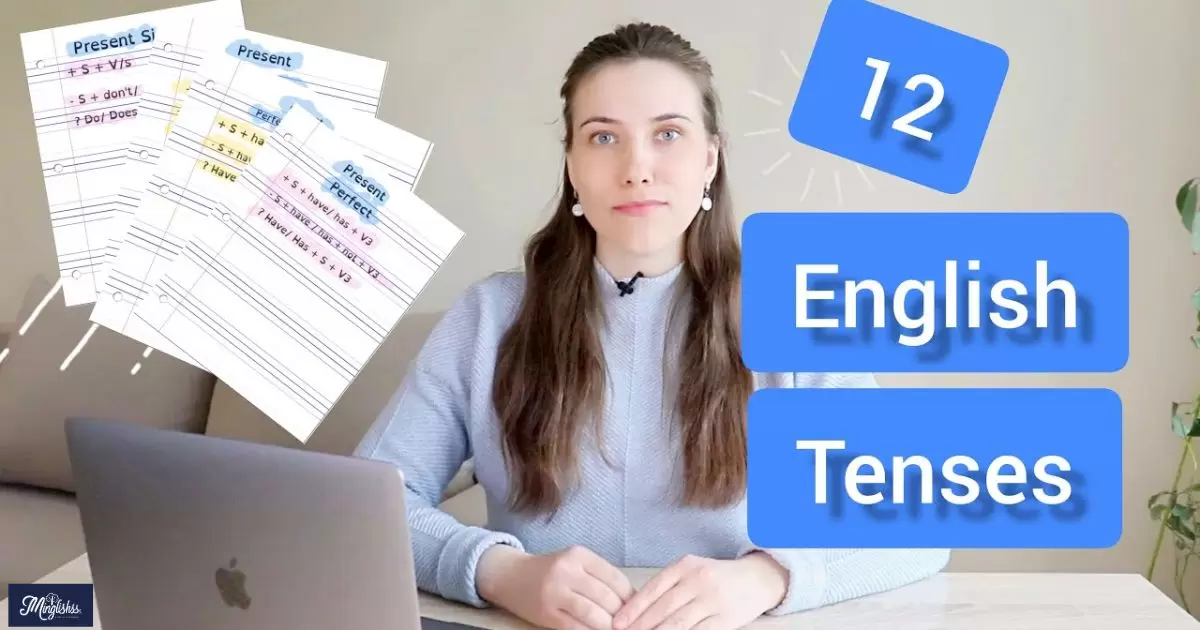Tenses are the backbone of English grammar. They provide crucial information about the time of an action or event, allowing us to communicate clearly and effectively. Without the proper use of tenses, conveying the exact timing of actions would be challenging.
In this blog post, we’ll explore the different types of tenses in English, from the simple past to the future perfect continuous. You’ll learn how each tense is formed, when to use them, and how to avoid common mistakes.
Whether you’re a beginner or looking to brush up on your grammar skills, this guide will provide a comprehensive understanding of English tenses.
By the end of this post, you’ll be confident in your ability to use tenses correctly in both written and spoken English. We’ll also address some frequently asked questions to ensure all your doubts are clarified. Let’s dive into the world of tenses!
What Are Tenses?
Tenses in English grammar refer to the form a verb takes to indicate the time of action. There are three primary tenses in English: past, present, and future.
Each of these tenses has four aspects: simple, continuous, perfect, and perfect continuous. Together, these form a total of twelve different tenses in English.
Types of Tenses
1. Present Tense
The present tense is used to describe actions that are currently happening or general truths.
Present Simple
- Usage: Describes habitual actions, general truths, or fixed arrangements.
- Examples:
- She reads every morning.
- They live in London.
- The Earth orbits the sun.
Note: The present simple tense often uses the base form of the verb, with an “-s” added for third-person singular subjects.
Present Continuous
- Usage: Describes actions happening right now or around the present time.
- Examples:
- She is reading a book right now.
- They are playing soccer in the park.
- I am writing an email.
Note: The present continuous tense is formed using “am/is/are” + verb-ing.
Present Perfect
- Usage: Describes actions that happened at an unspecified time before now.
- Examples:
- She has finished her homework.
- They have moved to a new house.
- I have visited Paris.
Note: The present perfect tense is formed using “has/have” + past participle.
Present Perfect Continuous
- Usage: Describes actions that started in the past and are still continuing.
- Examples:
- She has been reading for two hours.
- They have been working since morning.
- I have been studying English for years.
Note: The present perfect continuous tense is formed using “has/have been” + verb-ing.
2. Past Tense

The past tense describes actions that happened at a specific time in the past.
Past Simple
- Usage: Describes actions completed at a definite time in the past.
- Examples:
- She walked to the store yesterday.
- They played soccer last weekend.
- I visited my grandmother last summer.
Note: The past simple tense often uses the past form of the verb, such as “walked,” “played,” or “visited.”
Past Continuous
- Usage: Describes actions that were ongoing at a specific time in the past.
- Examples:
- She was reading when the phone rang.
- They were playing soccer when it started to rain.
- I was writing an essay at midnight.
Note: The past continuous tense is formed using “was/were” + verb-ing.
Past Perfect
- Usage: Describes actions that were completed before another action in the past.
- Examples:
- She had finished her homework before dinner.
- They had left by the time I arrived.
- I had already visited Paris before the trip.
Note: The past perfect tense is formed using “had” + past participle.
Past Perfect Continuous
- Usage: Describes actions that were ongoing in the past up until another past action.
- Examples:
- She had been reading for an hour when the guests arrived.
- They had been playing for hours before it rained.
- I had been working on the project all night.
Note: The past perfect continuous tense is formed using “had been” + verb-ing.
The Ultimate Guide to Abbreviations for ‘Version’: What You Need to Know
3. Future Tense
The future tense describes actions that will happen at a later time.
Future Simple
- Usage: Describes actions that will happen in the future.
- Examples:
- She will walk to the store tomorrow.
- They will play soccer next weekend.
- I will visit my grandmother next month.
Note: The future simple tense is formed using “will” + base form of the verb.
Future Continuous
- Usage: Describes actions that will be ongoing at a specific time in the future.
- Examples:
- She will be reading at 8 PM tonight.
- They will be playing soccer in the afternoon.
- I will be writing an essay tomorrow.
Note: The future continuous tense is formed using “will be” + verb-ing.
Future Perfect
- Usage: Describes actions that will be completed before a specific time in the future.
- Examples:
- She will have finished her homework by 9 PM.
- They will have left by the time I arrive.
- I will have visited Paris by next year.
Note: The future perfect tense is formed using “will have” + past participle.
Future Perfect Continuous
- Usage: Describes actions that will be ongoing up until a specific time in the future.
- Examples:
- She will have been reading for two hours by 8 PM.
- They will have been playing soccer for hours by evening.
- I will have been working on the project all night.
Note: The future perfect continuous tense is formed using “will have been” + verb-ing.
Sub-Categories of Sentences
Understanding how different tenses work in sentences is essential. Sentences are classified into different categories based on their structure and purpose.
1. Declarative Sentences
- Usage: Used to make a statement.
- Examples:
- She enjoys reading books.
- They are playing soccer.
- He will visit Paris next year.
- I have finished my homework.
- We had been waiting for hours.
Note: Declarative sentences typically end with a period and make a straightforward statement.
2. Interrogative Sentences
- Usage: Used to ask a question.
- Examples:
- Are you reading a book?
- Did they play soccer yesterday?
- Will he visit Paris?
- Have you finished your homework?
- Had they been waiting for long?
Note: Interrogative sentences usually begin with a question word or auxiliary verb and end with a question mark.
3. Imperative Sentences
- Usage: Used to give a command or make a request.
- Examples:
- Read the book carefully.
- Play soccer in the park.
- Visit Paris if you have time.
- Finish your homework now.
- Wait here until I return.
Note: Imperative sentences often start with a verb and can end with a period or exclamation mark.
4. Exclamatory Sentences
- Usage: Used to express strong emotion.
- Examples:
- What a beautiful book!
- How well they played!
- I can’t believe we are going to Paris!
- You did an excellent job!
- What a long wait it was!
Note: Exclamatory sentences always end with an exclamation mark.
5. Conditional Sentences

- Usage: Used to express a condition and its result.
- Examples:
- If you read the book, you will learn a lot.
- If they had played better, they would have won.
- If he visits Paris, he will see the Eiffel Tower.
- If I finish my work, I will join you.
- If we had more time, we would have waited.
Note: Conditional sentences often use “if” to connect the condition with its result.
Answers to Key Questions
Q1: How many types of tenses are there in English?
A1: There are three primary tenses: past, present, and future. Each tense has four aspects: simple, continuous, perfect, and perfect continuous, making a total of twelve tenses.
Q2: What is the difference between the past perfect and past perfect continuous tense?
A2: The past perfect tense describes an action completed before another past action, while the past perfect continuous tense focuses on the duration of an action that was ongoing before another past action.
Q3: When should I use the future perfect tense?
A3: Use the future perfect tense to describe an action that will be completed before a specific time in the future, such as “By next year, I will have graduated.”
Q4: What is an example of the present perfect continuous tense?
A4: An example of the present perfect continuous tense is “I have been studying English for three years.” It describes an action that started in the past and continues in the present.
Q5: Can imperative sentences be in the future tense?
A5: Imperative sentences typically use the base form of the verb, but they imply future action. For example, “Finish your work tomorrow.” Here, the action is in the future, but the sentence is in the imperative form.
Conclusion
Mastering the different tenses in English is key to effective communication. Each tense serves a specific purpose and helps convey the exact timing of actions, making your speech and writing clear and precise.
From the simple past to the future perfect continuous, understanding how to use each tense will greatly enhance your command of the English language. Keep practicing, and soon using these tenses will become second nature!

I’m Jane Austen, a language expert at Minglishs, dedicated to helping learners master English through engaging and accessible content. My passion for literature and teaching drives me to make language learning both enjoyable and effective.










